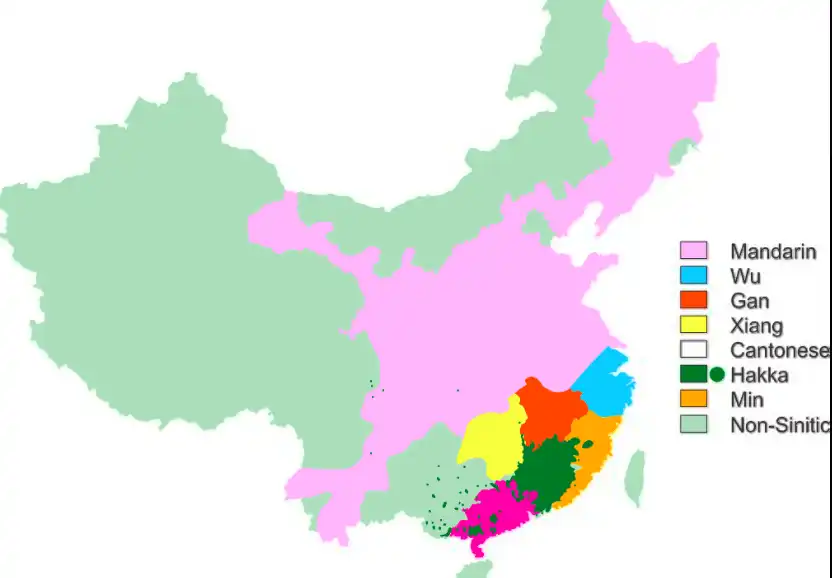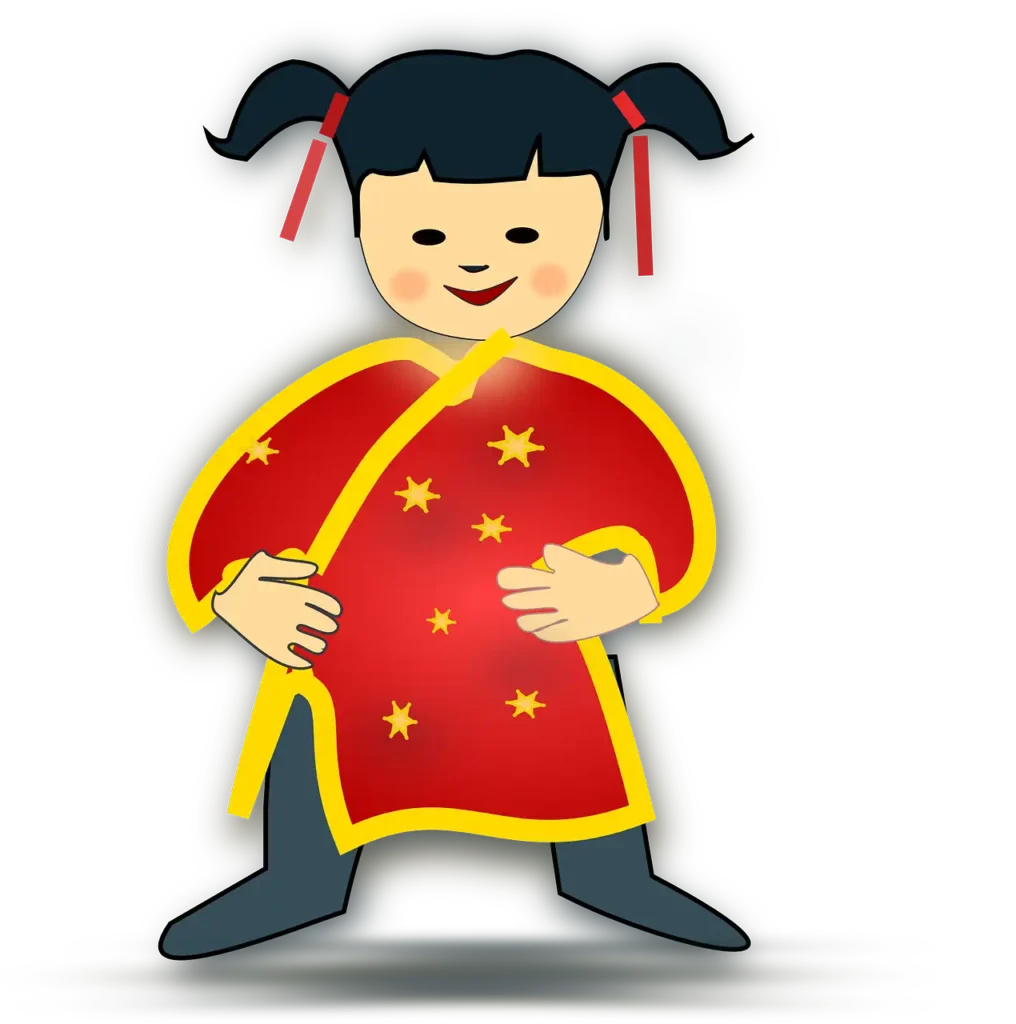Are you planning to publish a video with Mandarin voiceover?
Maybe you’re thinking you should also consider dubbing it in Cantonese. But what are the differences between the two?
READ MORE >>> Chinese Translation and Localization Playbook on Business Growth
Cantonese and Mandarin differ in pronunciation, vocabulary, and grammar, with Mandarin being the dominant language in Mainland China and Cantonese primarily spoken in Hong Kong, Macau, and some overseas communities, making the choice for video localization dependent on the target audience.
In this post, we listed the differences between the two spoken languages to help you in your video marketing strategy and insights as takeaways.
1. GEOGRAPHY: Where it is widely used

The two major spoken Chinese languages are Mandarin and Cantonese, each used in different regions despite both being classified as “Chinese.”
Mandarin, also known as Putonghua, is spoken by about two-thirds of China’s population and serves as the country’s official language. It is also widely used in Taiwan and Singapore. While megacities like Beijing and Shanghai primarily use Mandarin, many provinces still maintain their regional dialects.
Cantonese, in contrast, is spoken in Hong Kong, Macau, most of Guangdong province, and parts of eastern Guangxi. In China, approximately 55 million people speak Cantonese, and it remains a key language for business, media, and culture in these regions.
2. TONES

Mandarin is a five-tone dialect, consisting of four main tones and one neutral tone, which influence the meaning of words based on pronunciation and intonation.
Both Mandarin and Cantonese are tonal languages, meaning that a single sound can have multiple meanings depending on how it is pronounced. However, Cantonese is even more complex, featuring at least six phonemic tones along with three checked tones, making it a more intricate dialect in terms of tonal variation.
3 Grammar & Vocabulary: Key Differences
Both dialects share the same base alphabet, and Cantonese shares some vocabulary with Mandarin. However, they are not mutually intelligible due to differences in pronunciation, grammar, and lexicon.
Key Differences in Sentence Structure:
- Verb Placement:
- Mandarin: 我昨天去了商店。(Wǒ zuótiān qùle shāngdiàn.) – “I went to the store yesterday.”
- Cantonese: 我尋日去咗舖頭。(Ngóh chàhm yaht heui jó pou tau.) – “I went to the store yesterday.”
- Difference: In Mandarin, 了 (le) marks past tense, while Cantonese uses 咗 (jó) in a different position.
- Grammatical Particles:
- Mandarin: 你好吗?(Nǐ hǎo ma?) – “How are you?”
- Cantonese: 你好嗎?(Néih hóu ma?) – “How are you?”
- Difference: While similar, the pronunciation differs, and Cantonese has additional sentence-final particles such as 啦 (la) and 喎 (wo) that add nuance to meaning.
- Negation Structure:
- Mandarin: 我不会说英文。(Wǒ bù huì shuō yīngwén.) – “I cannot speak English.”
- Cantonese: 我唔識講英文。(Ngóh m̀h sīk góng yīngmán.) – “I don’t know how to speak English.”
- Difference: Cantonese uses 唔 (m̀h) for negation, while Mandarin uses 不 (bù).
These differences make Cantonese and Mandarin grammatically distinct, making it difficult for speakers of one dialect to fully understand the other without prior exposure.
When should you use Mandarin voiceovers?
Now that you understand the key differences between Mandarin and Cantonese, you’ll likely find that Mandarin is the ideal choice for voiceovers and dubbing.
For businesses targeting Mainland China and the global Chinese diaspora, using Mandarin in promotional videos ensures wider reach and engagement. As the official language of China, it is spoken by over 900 million people and is also widely used by Chinese communities abroad.Mandarin is the lingua franca of Mainland China, making it the best option for marketing, education, and business content localization.
If you’re looking for Mandarin voiceovers for your English videos, we can help!
